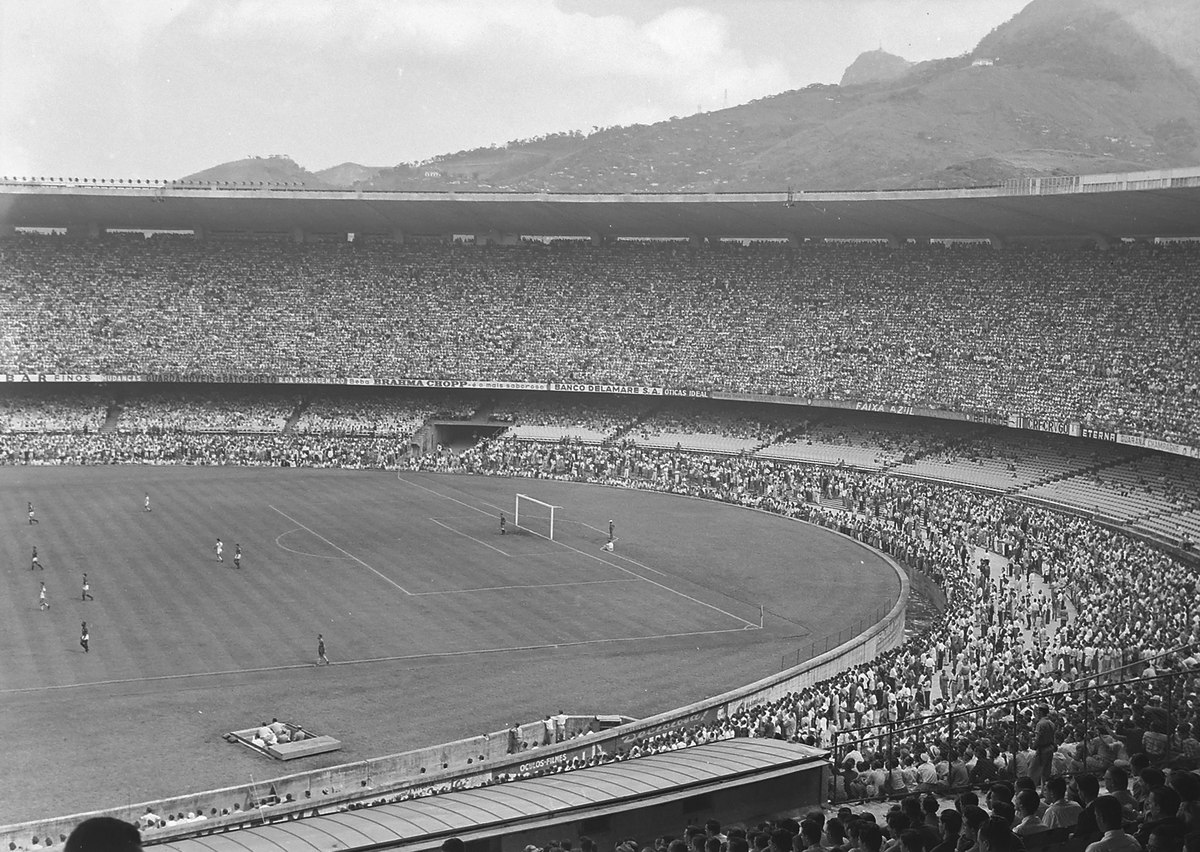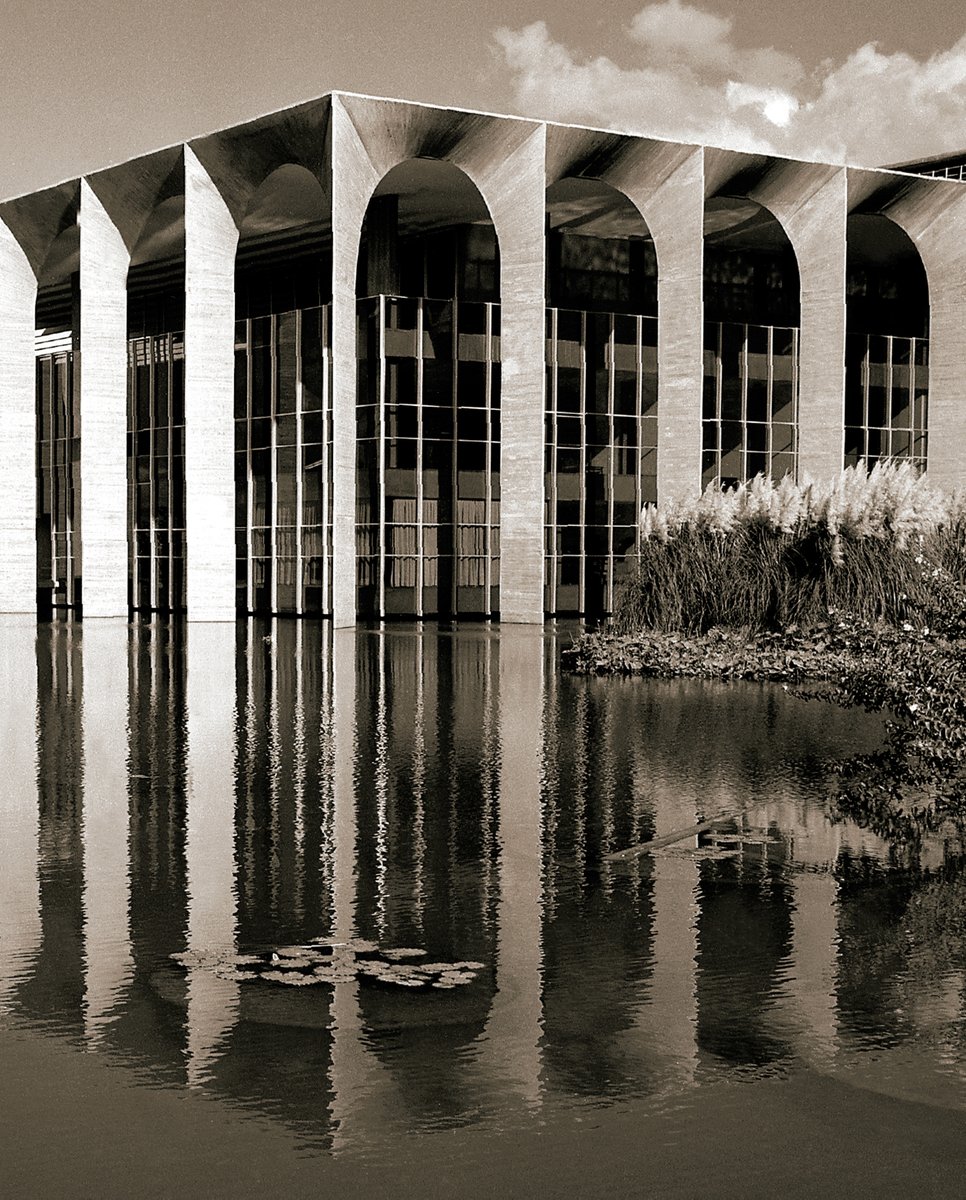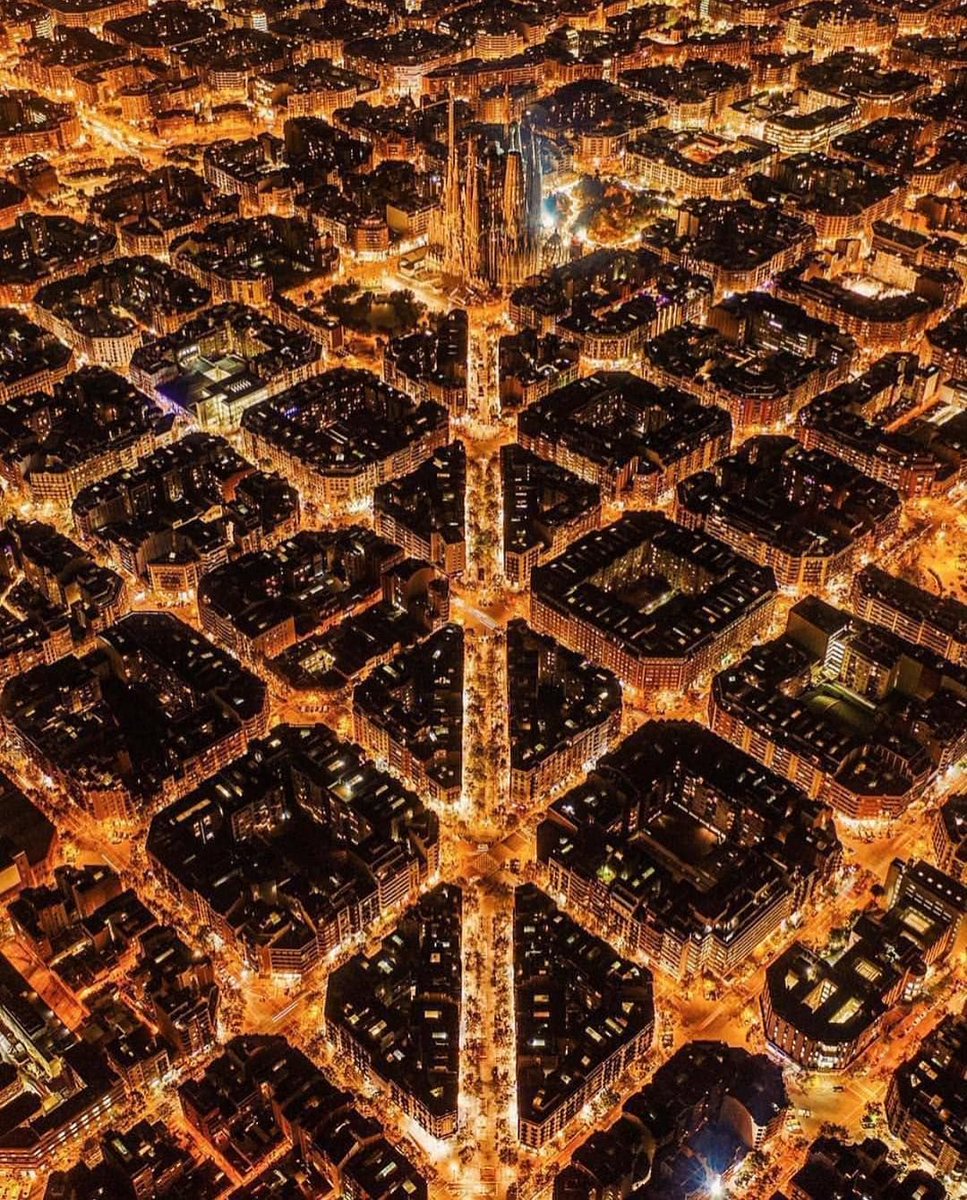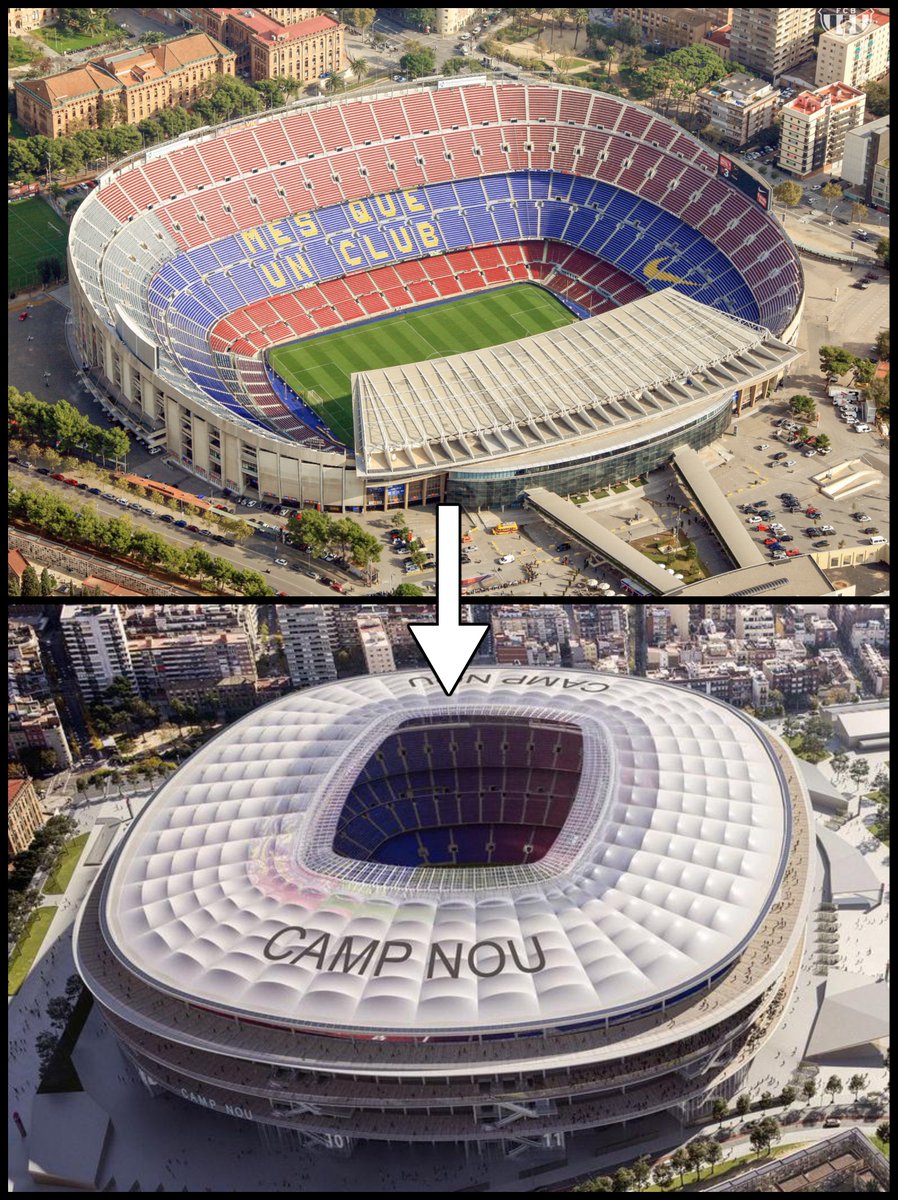One building from every year of the 20th century, in chronological order.
1901: Annunciation Cathedral of Kharkiv, Ukraine, designed by Mikhail Lovtsov
1/100
1901: Annunciation Cathedral of Kharkiv, Ukraine, designed by Mikhail Lovtsov
1/100

1920: Former Presidential Palace, now Museum of the Revolution, in Cuba, designed by Rodolfo Maruri and Paul Belau
20/100
20/100

1956: The San Siro in Milan, originally built 1925; redesigned by Armando Ronca and Ferruccio Calzolari
56/100
56/100

1968: Robarts Library in Toronto, by Mathers & Haldenby, Warner Burns Toan & Lunde, and Diamond Schmitt Architects
68/100
68/100

1977: Pompidou Centre in Paris, by Richard Rogers, Su Rogers, Renzo Piano, and Gianfranco Franchini
77/100
77/100

2000: Sultant Qaboos Grand Mosque in Muscat, Oman, by Edgard Bali, Quad Design, and Mohamed Makiya
100/100
100/100

• • •
Missing some Tweet in this thread? You can try to
force a refresh



















































































































